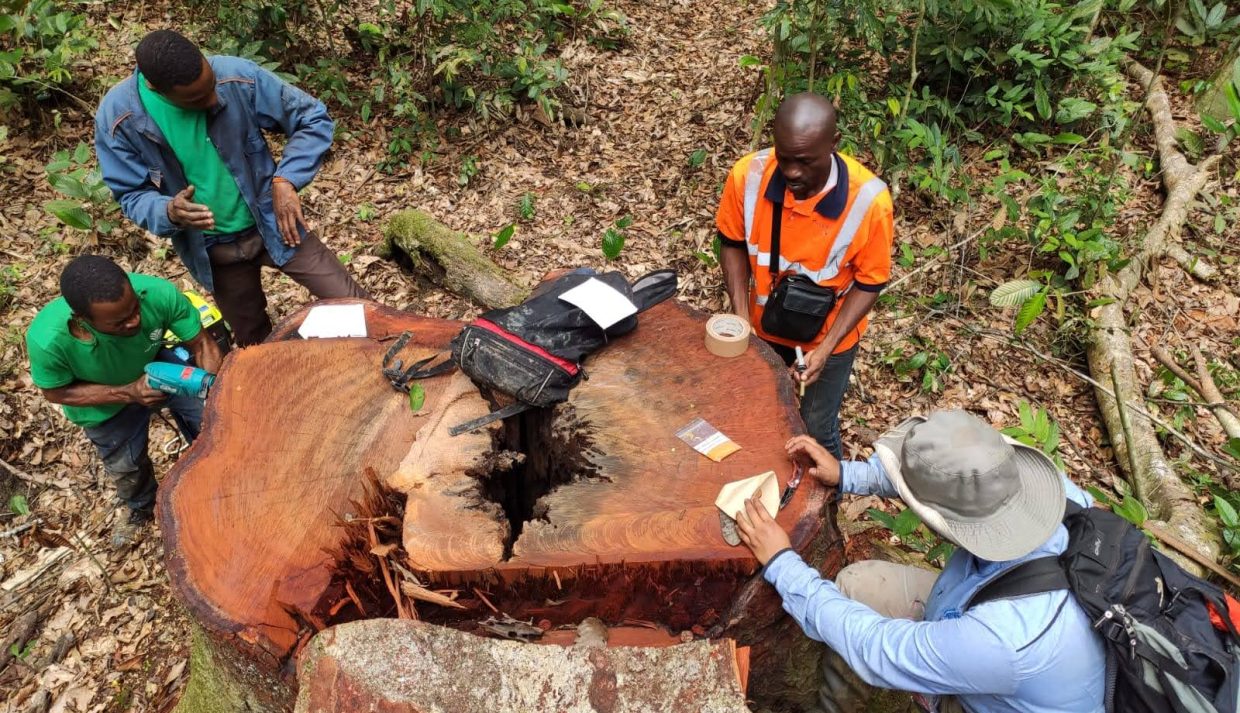Last December there was very positive news on a topic usually associated with very negative emotions: deforestation. Political agreement was reached in Brussels on a new EU-regulation! The regulation should help reducing tropical deforestation caused by commodities such as beef, soy and cocoa. Once adopted by member states, this legislation requires companies selling these commodities to provide evidence of the exact geographic origin of their goods. And to show that no deforestation took place there since 2021. Timber is also included in the list of commodities, because part of (tropical) timber is obtained from illegal clear felling instead of sustainable forest management.
So what does this mean for timber tracing? Well, we might soon have a lot more work to do! The enforcement of the EU deforestation regulation (EUDR for short) is based on the provision of origin declarations, which may be falsified. A logical extension of the enforcement is therefore to conduct independent origin verification. Using the tracing techniques we develop and test!
Independent origin verification is especially important because timber trading routes are complex and long. So, wooden products often have passed through multiple countries before they are bought by consumers in an EU country. The longer the trading route, the higher the risk of falsification of documentation. And the more need for independent timber tracing to verify the origin. We thus believe the regulation is a good step towards deforestation-free commodies and hope to support its implementation!
